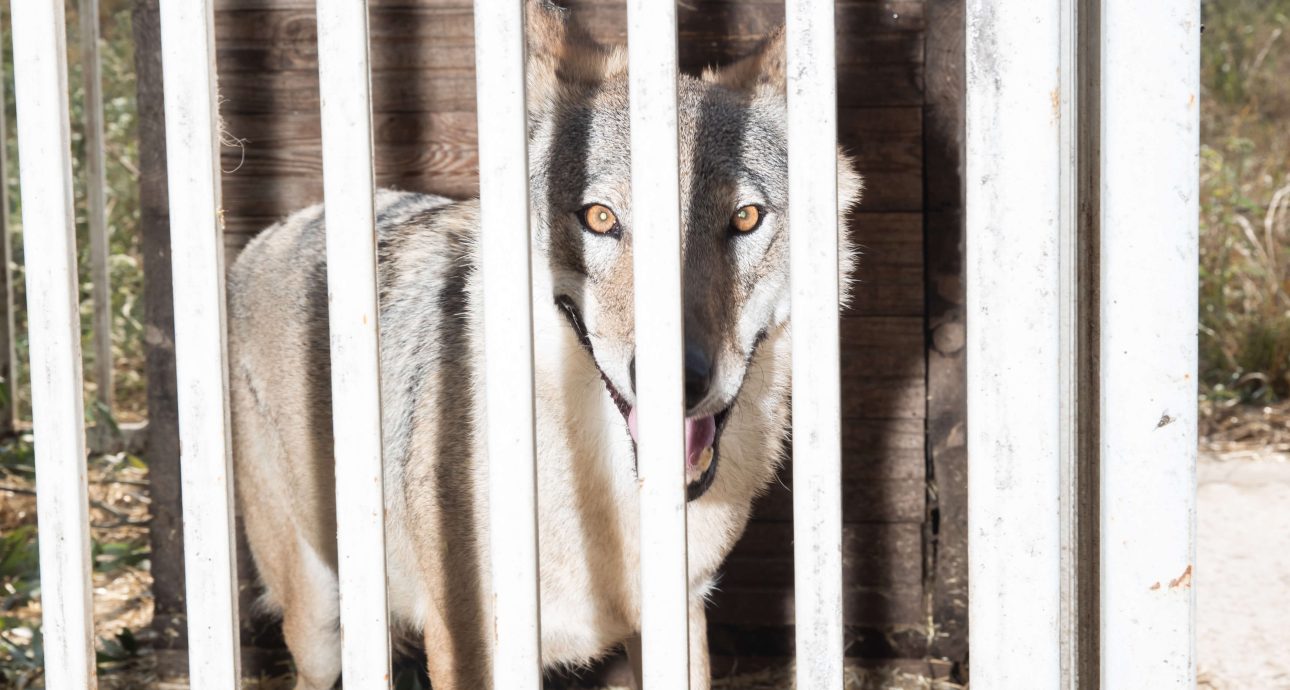
The Bestial Crimes: How Zoos Survive War
What can happen to wild animals in zoos, reserves, circuses, private farms, or shelters during wars and armed conflicts? We’ve already seen the Taliban pointing their weapons at the bears of Kabul Zoo and exhausted lions dying in Syrian zoos. Now, we’re witnessing how animals in the occupied or frontline territories of Ukraine are perishing under shelling, succumbing to hunger, cold, fire, or flooding in enclosed enclosures.
Animals are usually kept in locations that are logistically convenient – for the supply of food, heating, and so on – and their histories are closely tied to the history of these places. Removing animals from an organized space means exposing them to danger, and the danger of being left under bombardment usually outweighs this. However, mass evacuating wild animals is an extremely complex task even during more localized catastrophes. For example, in 2022, due to wildfires in the region, a French zoo in Arcachon was partially evacuated. Less than half of the collection was transported out, and some of the animals still perished during transportation. When an entire country is engulfed in the flames of war, organizing evacuation becomes even more challenging.
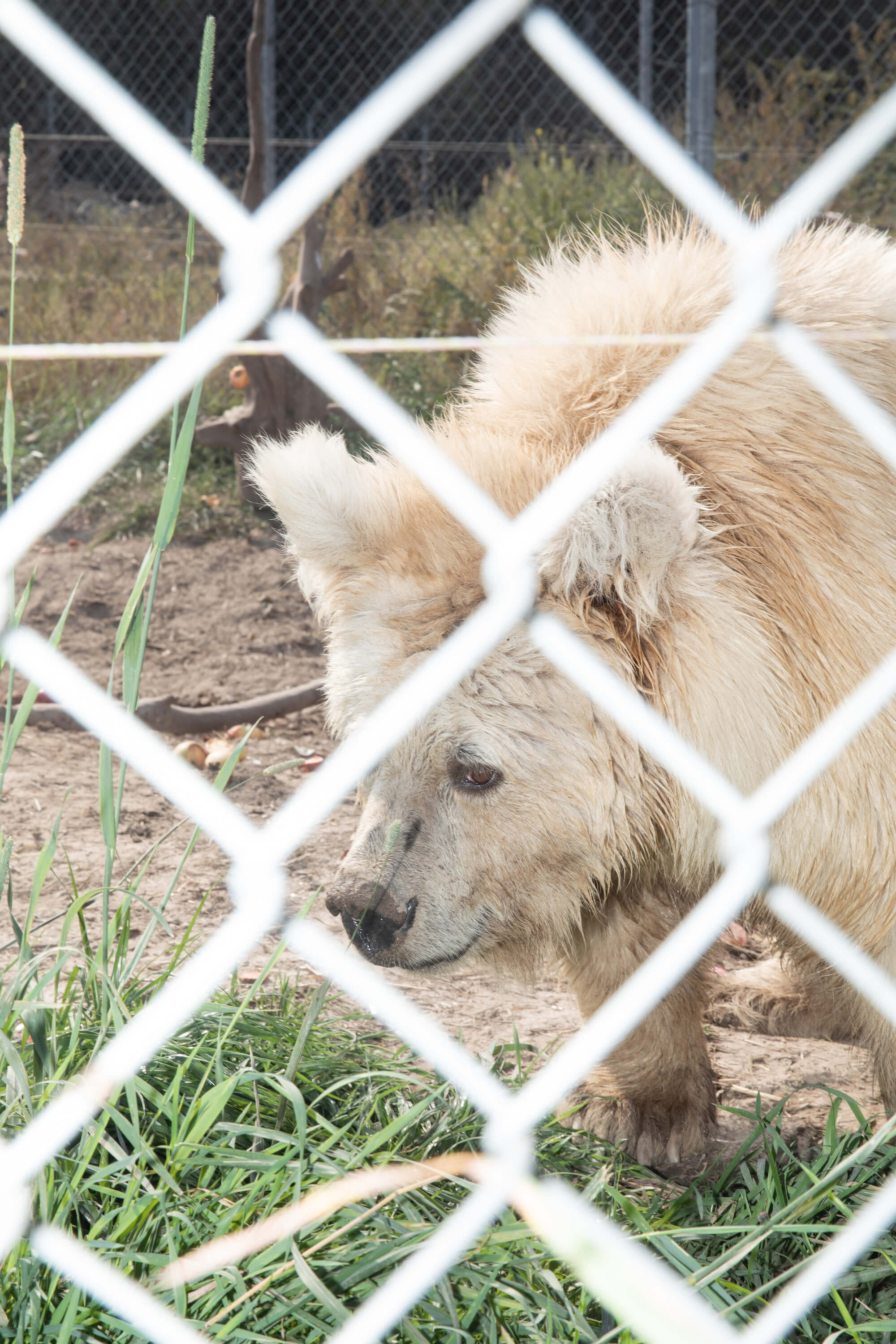
Chada, the bear, 25 years old. She was rescued from a circus in 2019. In 2022, she was evacuated along with other bears from the Kyiv region. In the summer of the same year, the animal was returned to the shelter.
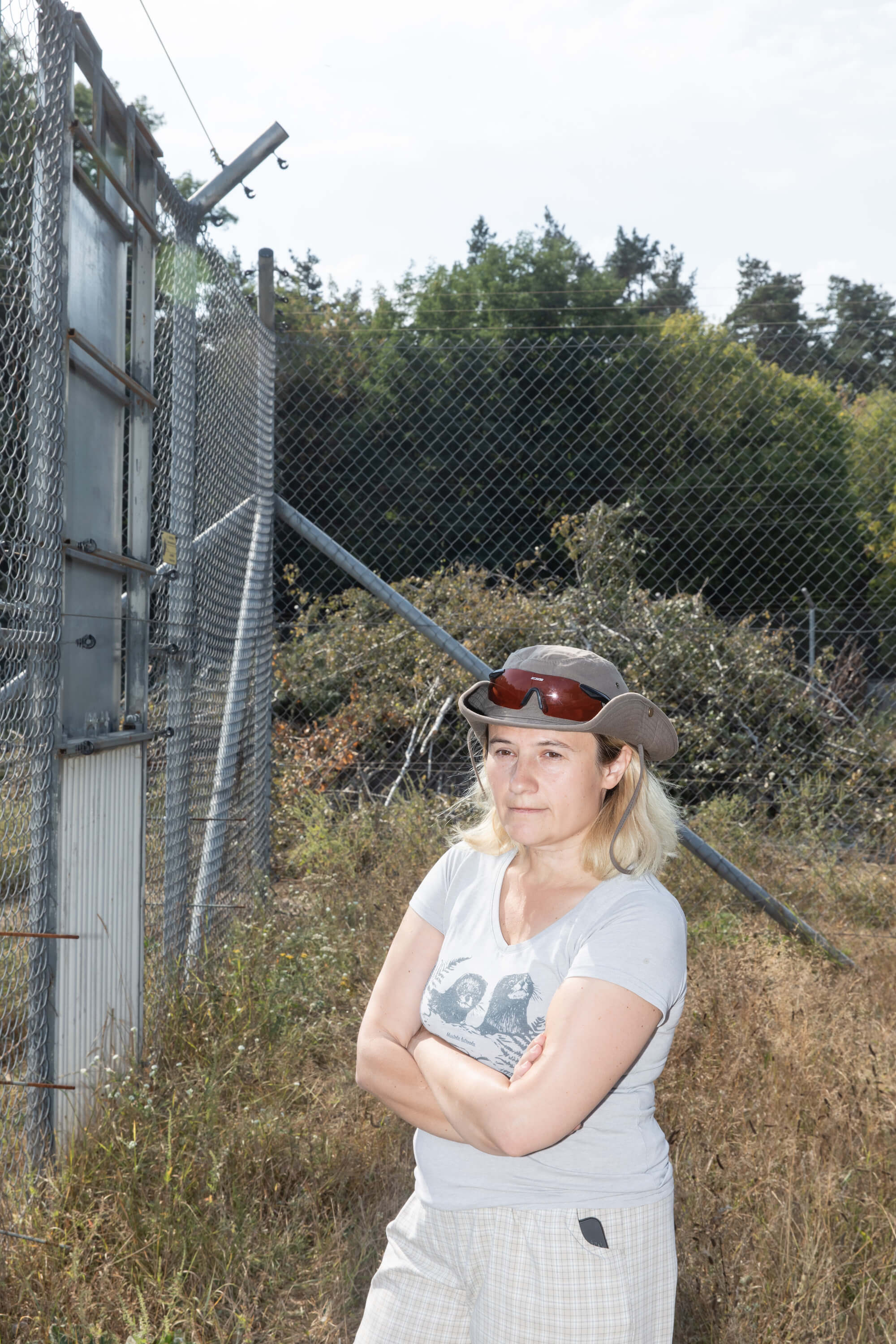
Marina Shkvirya, Ph.D. in Biological Sciences, co-owner of the bear sanctuary "Bila Skelya," located in Kyiv region. The facility provides rehabilitation for animals rescued from circuses, private zoos, and those taken from private owners.
Finding a place for all members of the fauna, and in large zoos usually housing 1,500-3,000 of them, is a problem. European zoos have offered options for individual animals and staff. However, simply loading several thousand animals and taking them somewhere quickly is impossible. Even with hundreds of cages, vehicles, experts, and unexpectedly easy roads, the animals need to arrive somewhere – in ready-made enclosures, pools, aquariums, terrariums, etc. When it comes to crossing borders, documents usually take weeks to a year to prepare, while during a war, an extra day near the combat zone can be fatal.
History generally teaches us that any places of captivity for animals (cages, enclosures, aquariums, etc.) and semi-free conditions (fenced natural habitats) are not designed for such circumstances.
The Jardin des Plantes Zoo in Paris, founded in 1793, had to be managed by the revolutionary authorities and dealt with private zoological collections of executed French aristocrats, as insisted upon by scientists. However, during the siege of Paris in the Franco-Prussian War, most of the Jardin des Plantes’ collection perished due to artillery strikes, or the animals were slaughtered for food due to hunger. Another long-standing zoo, Schönbrunn Zoo in Vienna, founded in 1752, did not experience critical upheavals until the world wars. Out of 3,500 animals, only 400 survived the First World War, the rest perished due to logistical problems and food shortages. Before the start of the Second World War, the zoo had restored its collection to 3,500 individuals, but mass bombings killed 2,000 of them.
The same happened in other German cities and its allied countries: zoos in Hamburg, Dresden, Berlin, Frankfurt were completely destroyed by aerial high-explosive and incendiary bombs and lost up to 98% of their animals. Only miraculously, animals in London Zoo survived, which also suffered destruction during bombings – the animals literally sought shelter with the keepers.
At London Zoo, which suffered destruction during bombings, the animals literally sought shelter with the keepers.
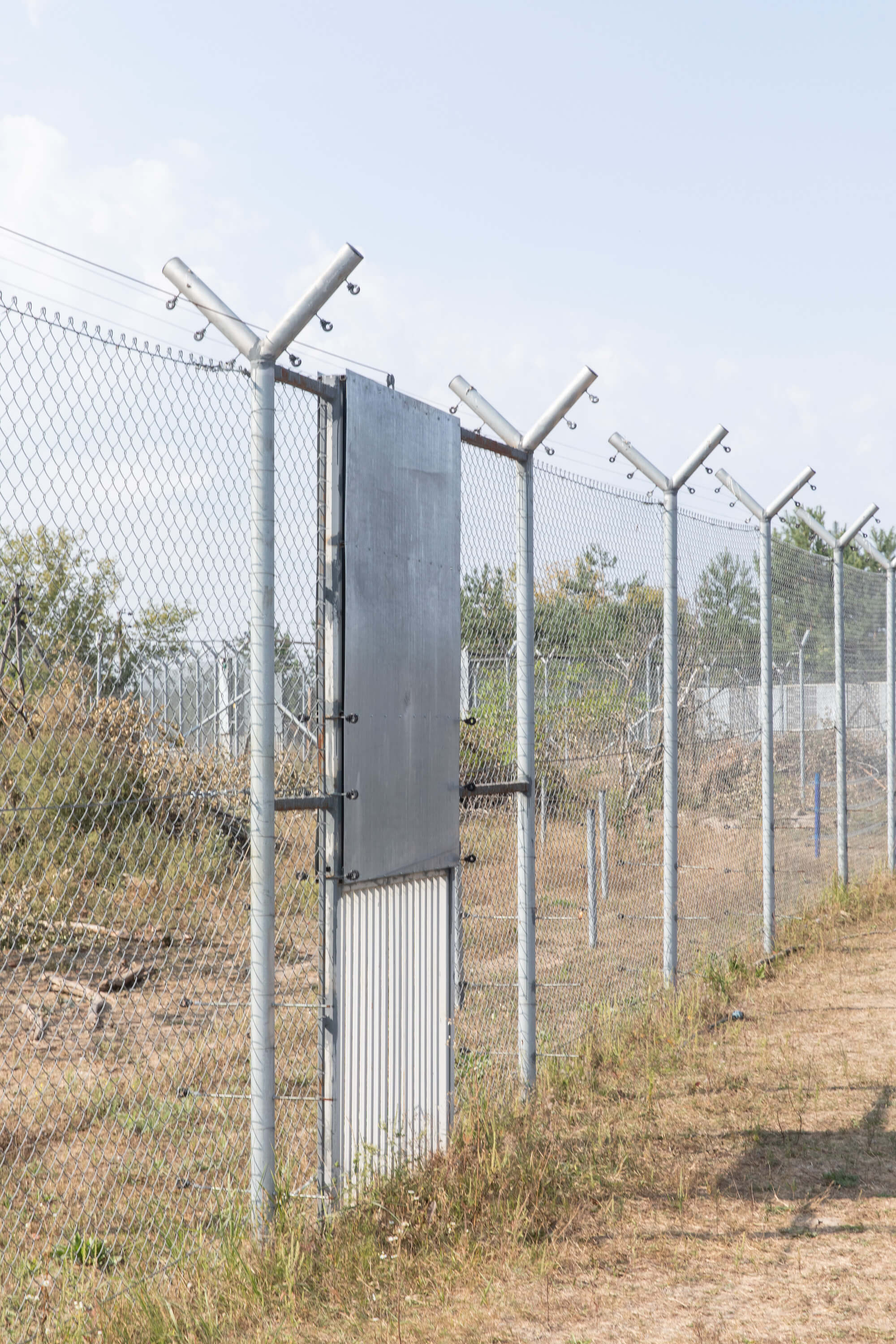
The enclosures of the bear sanctuary "Bila Skelya," located in Kyiv region.
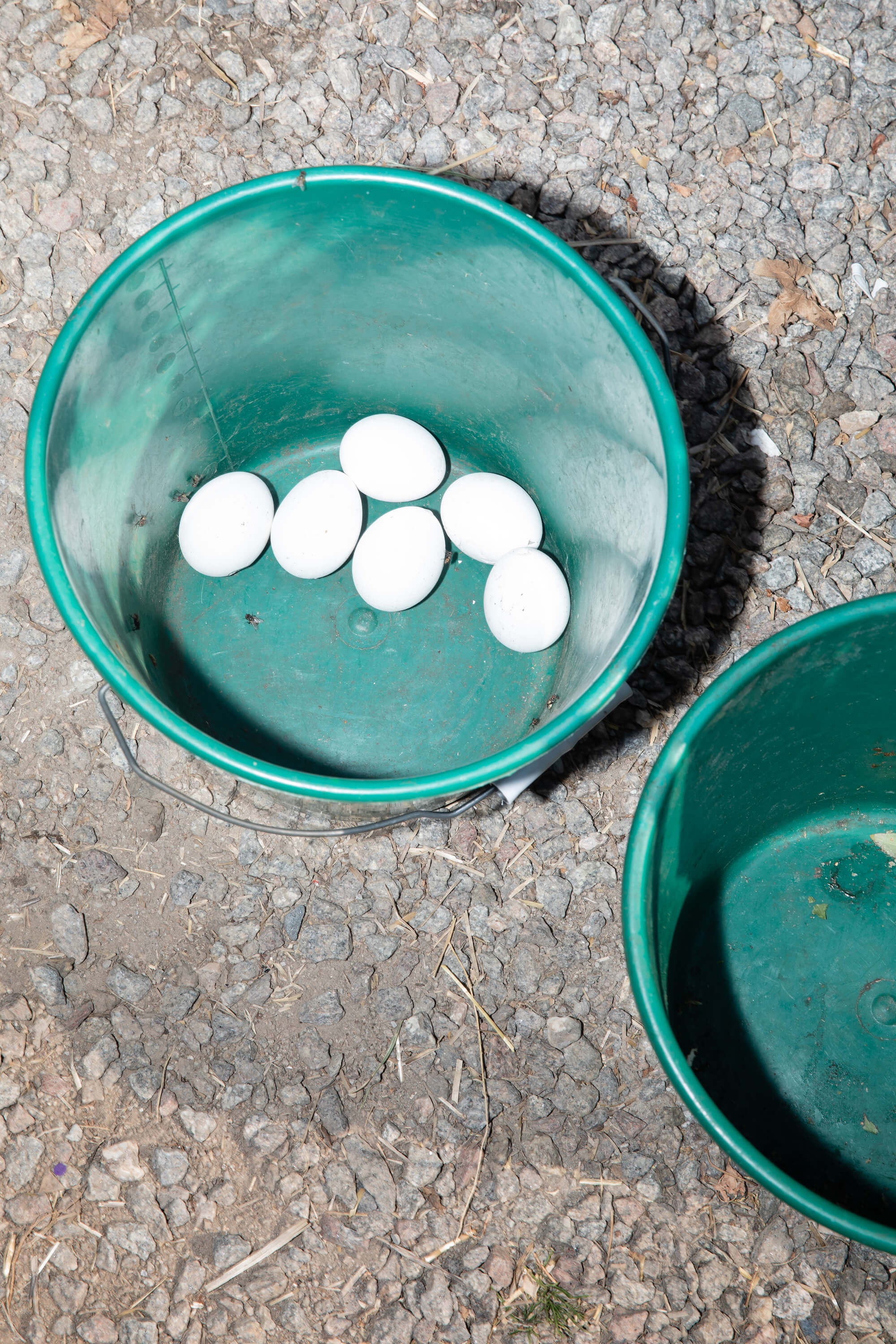
In Hamburg, they even forced elephants to help clear the remains of destroyed buildings. During the Nazi occupation, the animals of Kyiv Zoo were forcibly transported to Germany, but most of them perished in the bombings. Animals at Leningrad Zoo died of starvation during the city’s blockade. However, such experiences did not in any way affect the empathy of Russian zoo experts.
On February 24, 2022, an email was sent to the official email of Kyiv Zoo from Moscow Zoo, which leads the Eurasian Association of Zoos and Aquariums, demanding an immediate list of animals. The Russians were so confident in their “three days” that they decided to list their trophies immediately.
On February 24, 2022, an email was sent to the official email of Kyiv Zoo from Moscow Zoo, which leads the Eurasian Association of Zoos and Aquariums, demanding an immediate list of animals.
Eventually, the zoo community in Ukraine, along with their European counterparts, succeeded in imposing sanctions on Russian zoos. Their ability to transport animals and exchange with Western zoos, participation in professional conferences, and more were restricted. However, this, of course, did little to help the representatives of the wildlife in Ukraine. Overall, it’s a threat to thousands of wild animals of various species, from large predators to small insects, which are entirely dependent on humans and are not as easily evacuated as a domestic terrier.
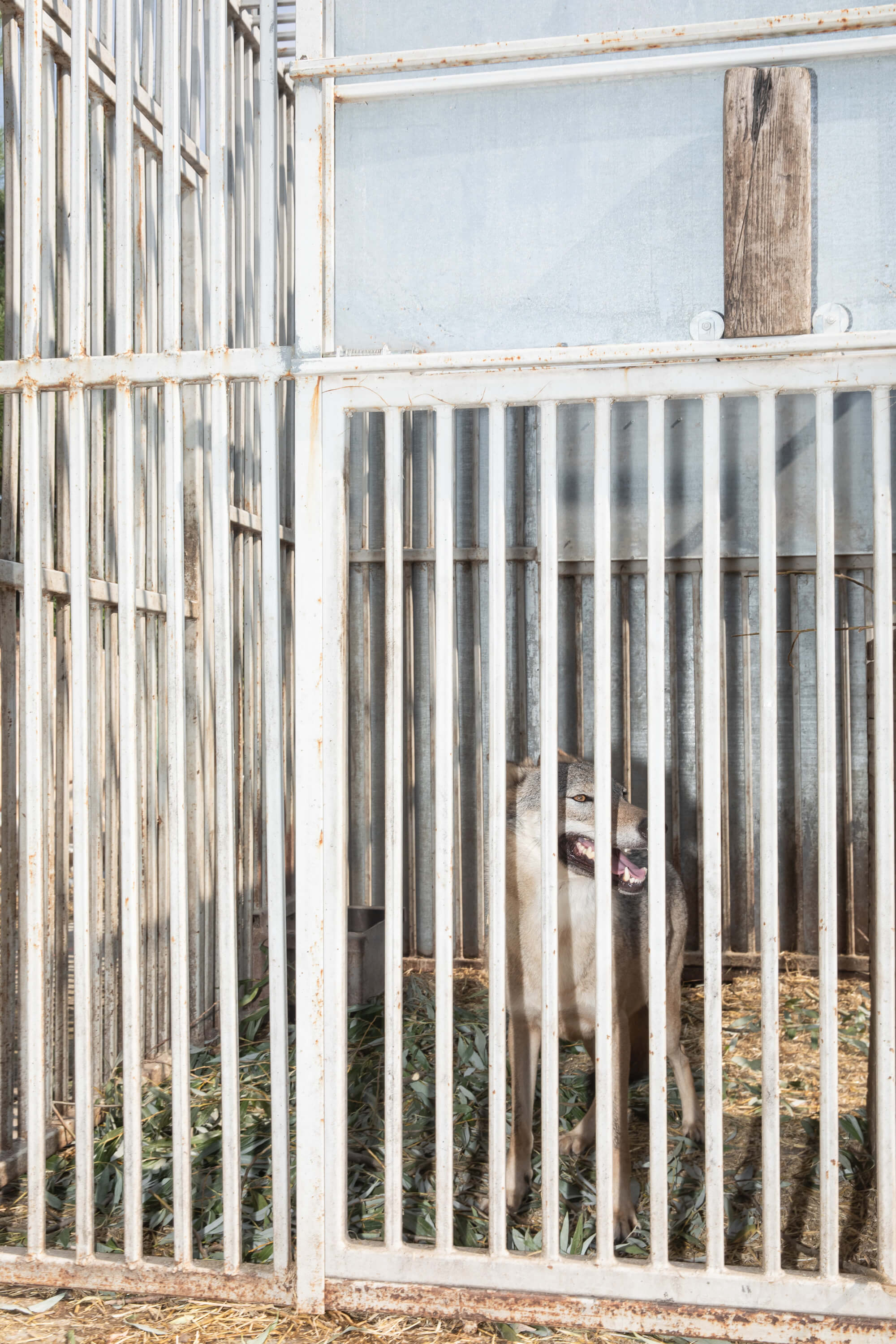
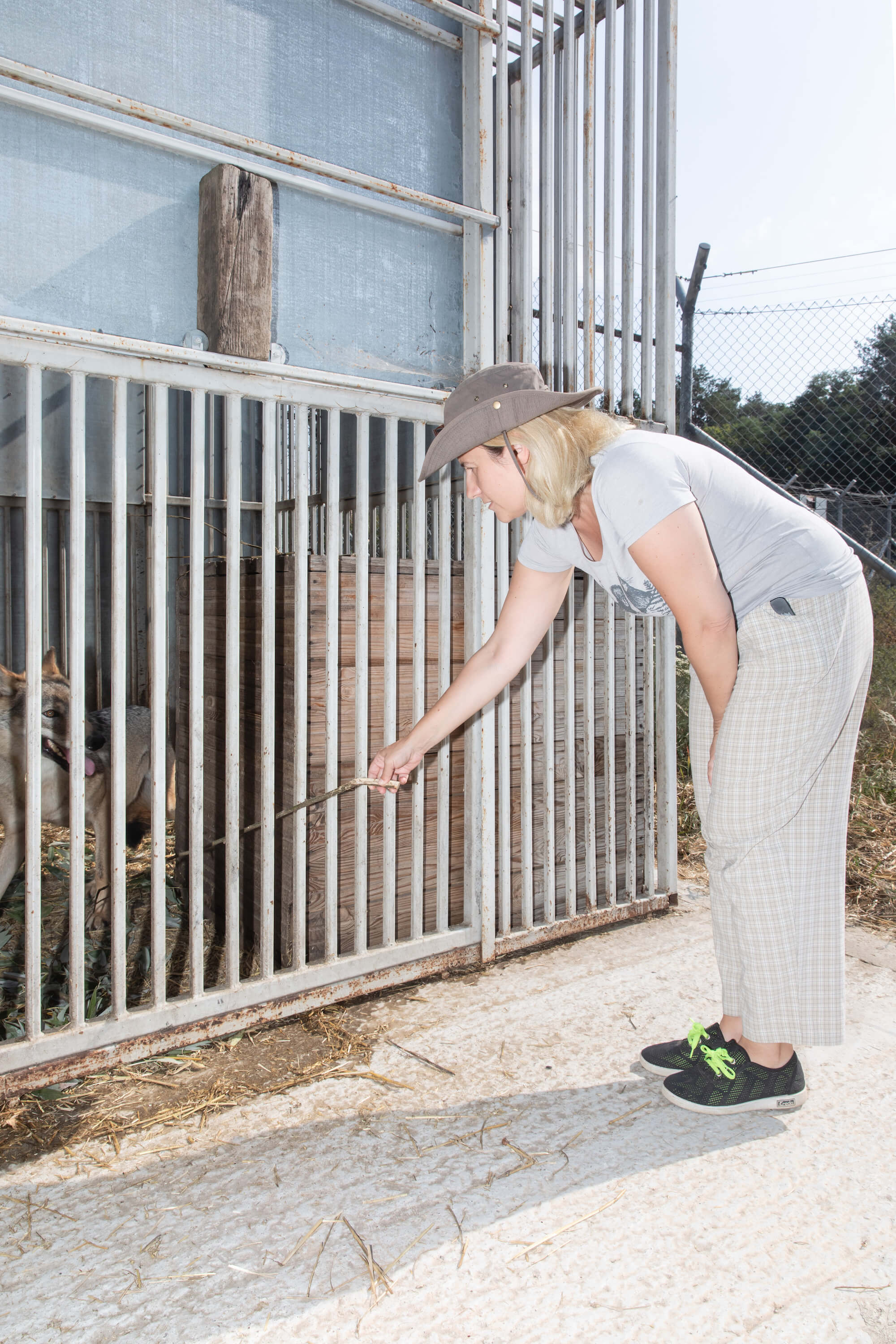
In Ukraine, there are several zoological parks that are part of professional European associations or have started to adopt standards accepted in these associations. However, the majority of wild animals in captivity here are not in professional rehabilitation centers or serious zoological parks with compliance to standards and specialists. They range from tiny menageries to giant eco-bio-safari parks, private or semi-communal, or of entirely unknown ownership status. These include contact zoos and small animal enclosures, circuses—both state and private, stationary and itinerant. There are also hunting stations where hunting dogs are trained on live animals. These encompass solitary exotic pets, from parrots to pumas. Their owners vary—some abandon animals arbitrarily without notifying anyone. Some are fortunate to be rescued by volunteers or the military. This was the story of a bear that Ukrainian defenders found barely alive in a cage in a private yard in Bakhmut. Within a few days, they managed to transport it to the “Domazhyr” Bear Sanctuary in Lviv Oblast.
The majority of wild animals in captivity here are not professional rehabilitation centers or serious zoological parks with compliance to standards and specialists.
On a farm near Yampil, almost all the animals perished, but the Himalayan bear Borya, injured after being hit by a shell in the enclosure, was also saved by the military. He was initially brought to the “Bila Skelya” bear sanctuary in Kyiv region and later sent to a rehabilitation center in Belgium.
Some zoos donated part of their collections to reduce the workload on their staff and save at least part of the animal population. This was done in the city of Bilytske in Donetsk region, where they transferred 12 lions to the Wildlife Rescue Center, and polar she-wolf Dzha to the “Bila Skelya” bear sanctuary, and they now reside in rehabilitation centers abroad.
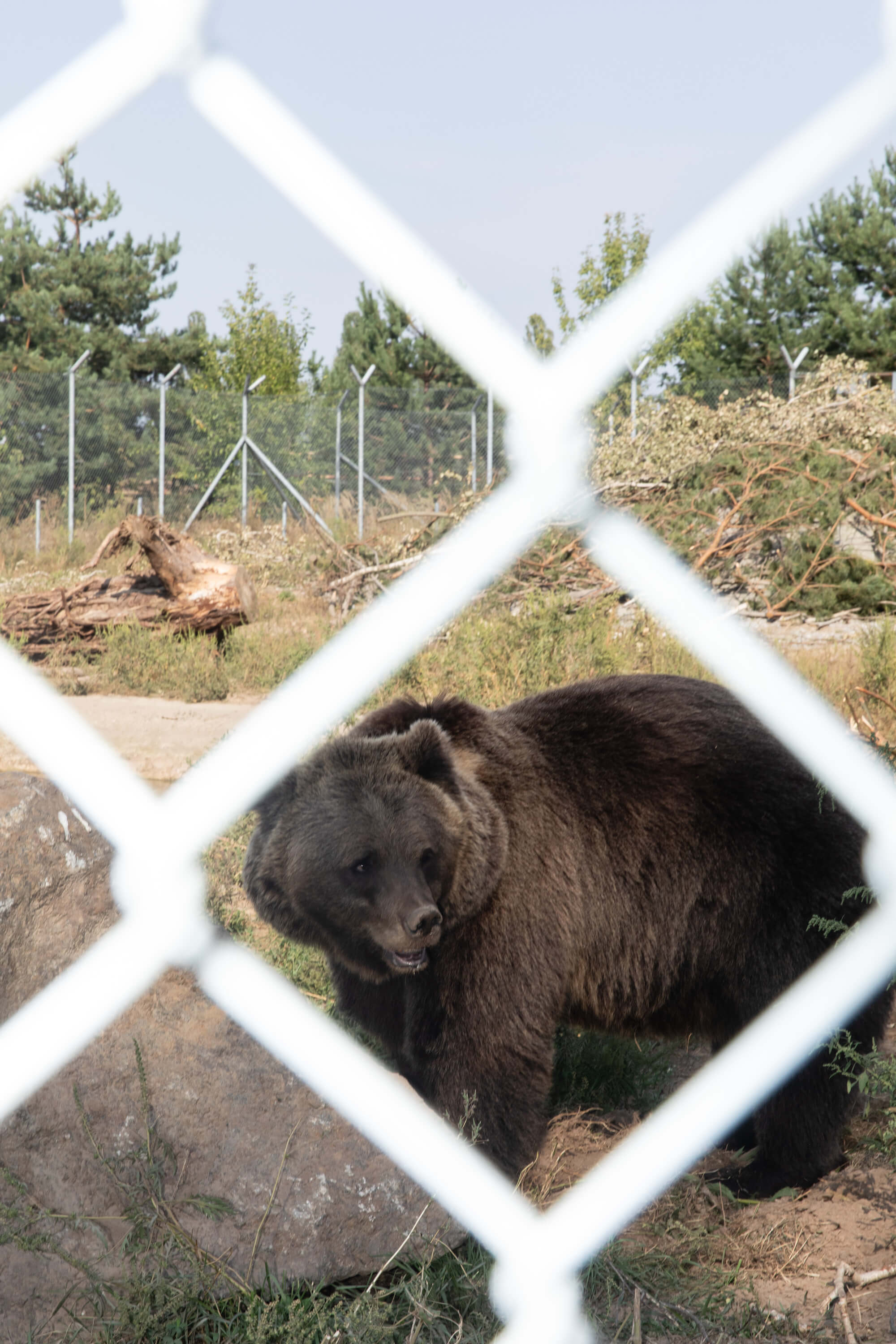
Bear Mykhaylo, 9 years old. He lived in a cage near the hotel, serving as entertainment for visitors. Rescued in 2017 at the age of three and a half years.

Sergiy, caretaker at the bear sanctuary "Bila Skelya". Every few hours, employees distribute food to the animals, scattering it around the enclosures. This feeding method stimulates the bears' natural foraging behavior.
In some cases, staff members remain with the animals until the region is de-occupied or are still under occupation. For example, the “Askania-Nova” Biosphere Reserve named after Friedrich Falz-Fein, with its unique collection of rare animals living in semi-wild conditions on a vast territory, is currently under occupation. Private zoos in Berdiansk, Mariupol, and Vasylivka are also affected by the occupation.
The zoo in Novaya Kakhovka no longer exists, as most of the animals perished due to the dam’s explosion and flooding. Some of them were kidnapped and taken away by Russians, pretending to engage in humanitarian activities in the occupied regions.
The zoo in Novaya Kakhovka no longer exists, as most of the animals perished due to the dam’s explosion and flooding.
The private zoo “Feldman Ecopark” in Kharkiv region evacuated some of its animals from areas under shelling. However, many individuals could not be taken out, and some of them scattered. Some animals were taken from shelling-affected areas to Kharkiv, which was also constantly under fire, while others were transported to safer regions. Only a few animals were allowed to be transported to rehabilitation centers abroad.
The “12 Months” zoo in Kyiv region fell under occupation, enduring periods of hunger and lack of heating. Only a few of the most valuable animals were evacuated. The Kharkiv Dolphinarium also transported some of its collection. Part of the collection was transported from contact zoos in Kherson after the liberation and from the Mensk Zoo immediately after the liberation of Chernihiv region.
The only rehabilitation center for large predators that took the risk of temporarily evacuating all of its bears from the Kyiv region due to the approaching hostilities is the aforementioned “Bila Skelya” bear shelter. However, this involved only seven bears, making it possible at that time.
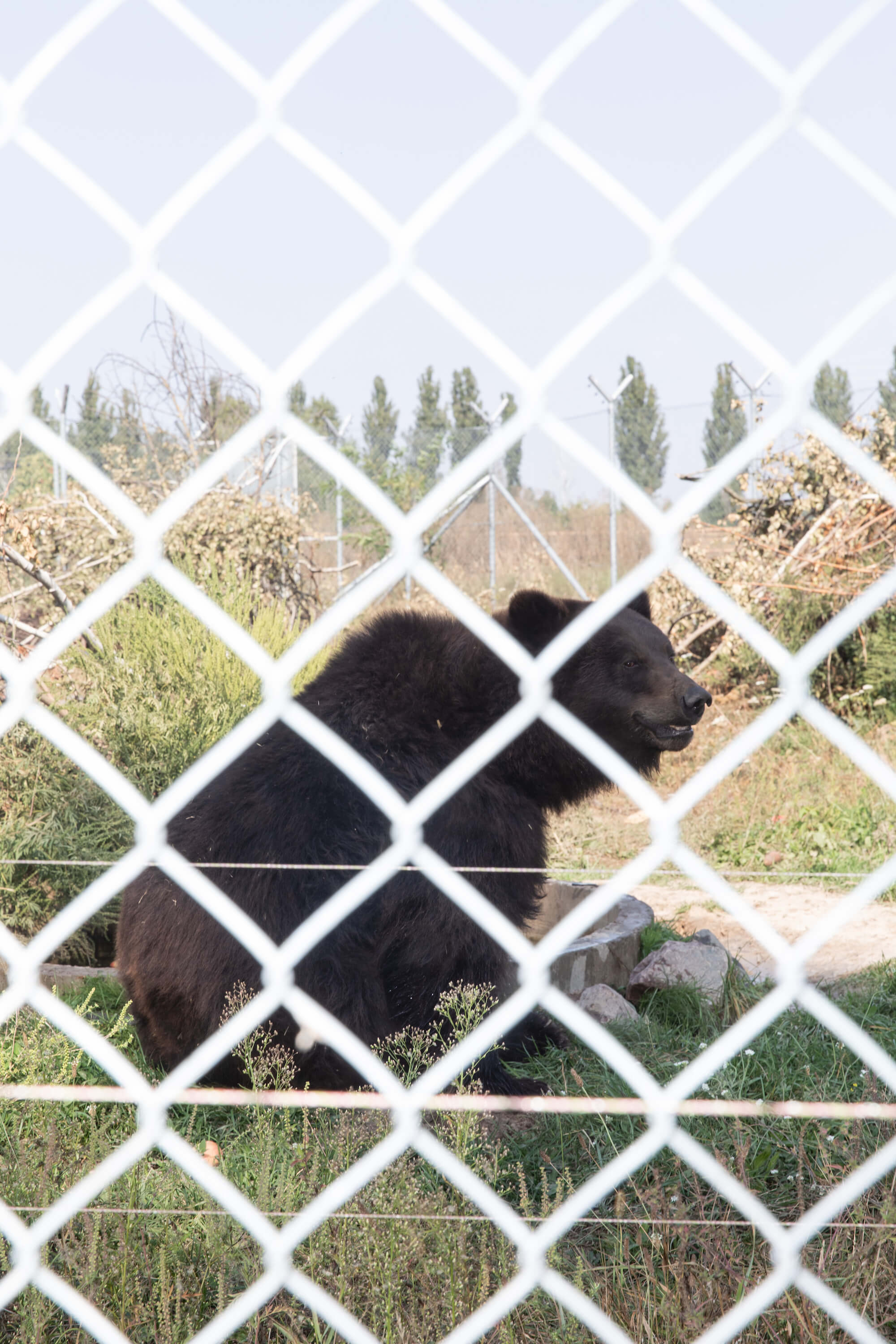
Synochok, a former circus bear, 12 years old. Rescued in 2018. Sustained injuries during the urgent evacuation from the Kyiv region in 2022. Underwent two surgeries and a lengthy recovery process.
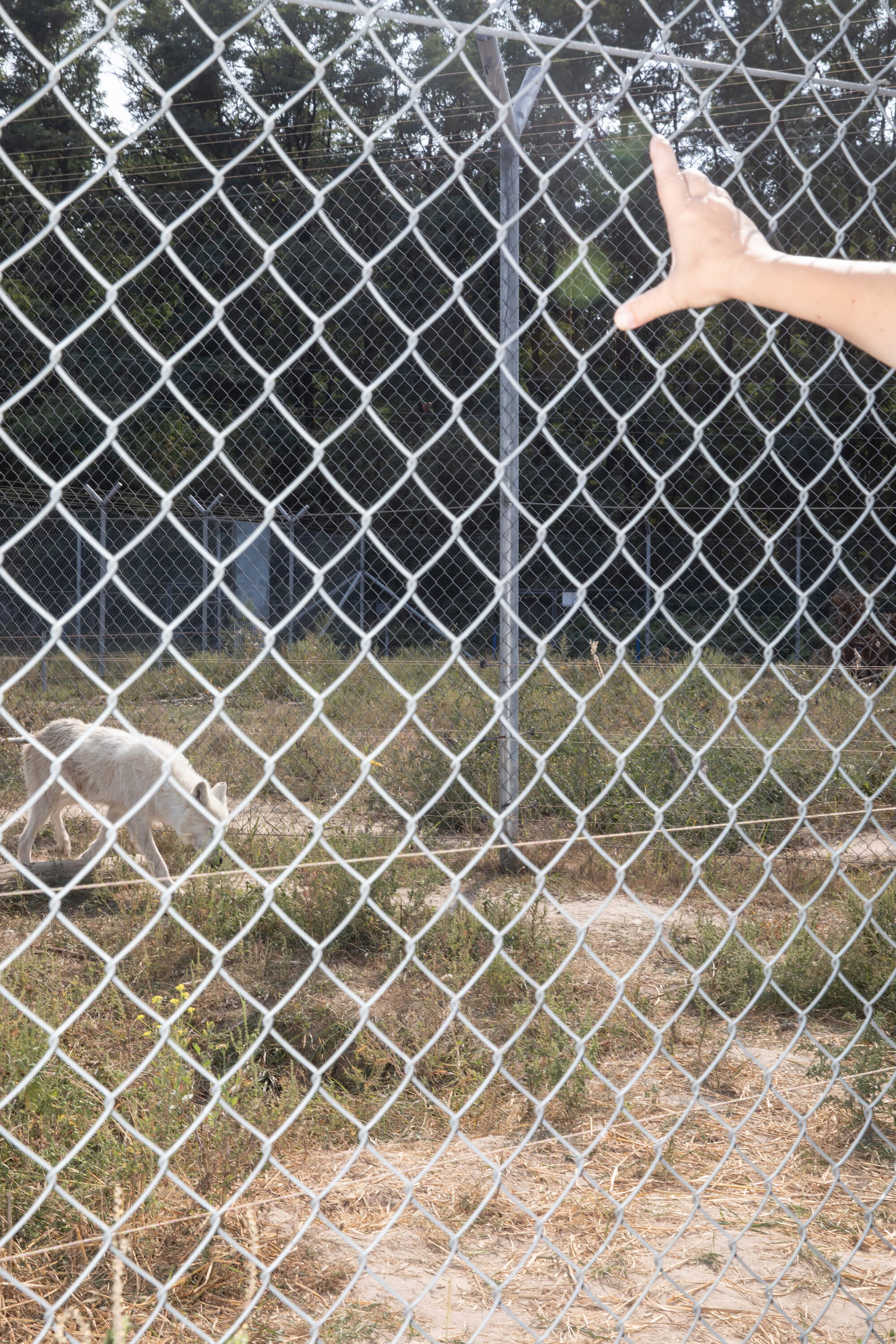
Javelina, a polar she-wolf. Was evacuated from the Donetsk region in 2022. The owners of the private zoo where the she-wolf lived surrendered her and several other animals to various shelters due to artillery shelling.
Kyiv, Mykolaiv, Kharkiv, and Odessa zoos, which were threatened by the advancing frontlines, did not evacuate their animals. Instead, they accepted animals from other regions and cities.
So, despite common problems and threats, the fates of animals in zoos vary and depend on many factors. Most large zoological parks and rehabilitation centers are still located in non-occupied territories, where there are currently no active hostilities. However, they also face challenges. Maintaining wild animals is very costly, involves complex logistics for supply and feeding, requires water and heating, consumes a lot of electricity, and sometimes relies on indispensable trained personnel who may emigrate or go to the frontlines.
The full-scale war has highlighted the problem of mass captivity of wild animals in general. The absence of licensing, standards, the chaos surrounding wild animals in private ownership, and the lack of control and accountability have become even more pronounced in extreme conditions. However, in these extreme circumstances, humanity also shines through, often leading to the rescue of animals.
The absence of licensing, standards, and the chaos surrounding wild animals in private ownership have become even more pronounced in extreme conditions.
Furthermore, it has become evident that no matter how many protocols are developed, there is no guaranteed algorithm for completely saving a hypothetical zoo. However, there are algorithms for surviving times of hunger or blackouts and minimizing damage. This is what is called an emergency action plan. Ideally, specialized organizations are constantly preparing for war, fire, tiger escapes, floods, and even Martian attacks, because wild animals represent an enormous responsibility.

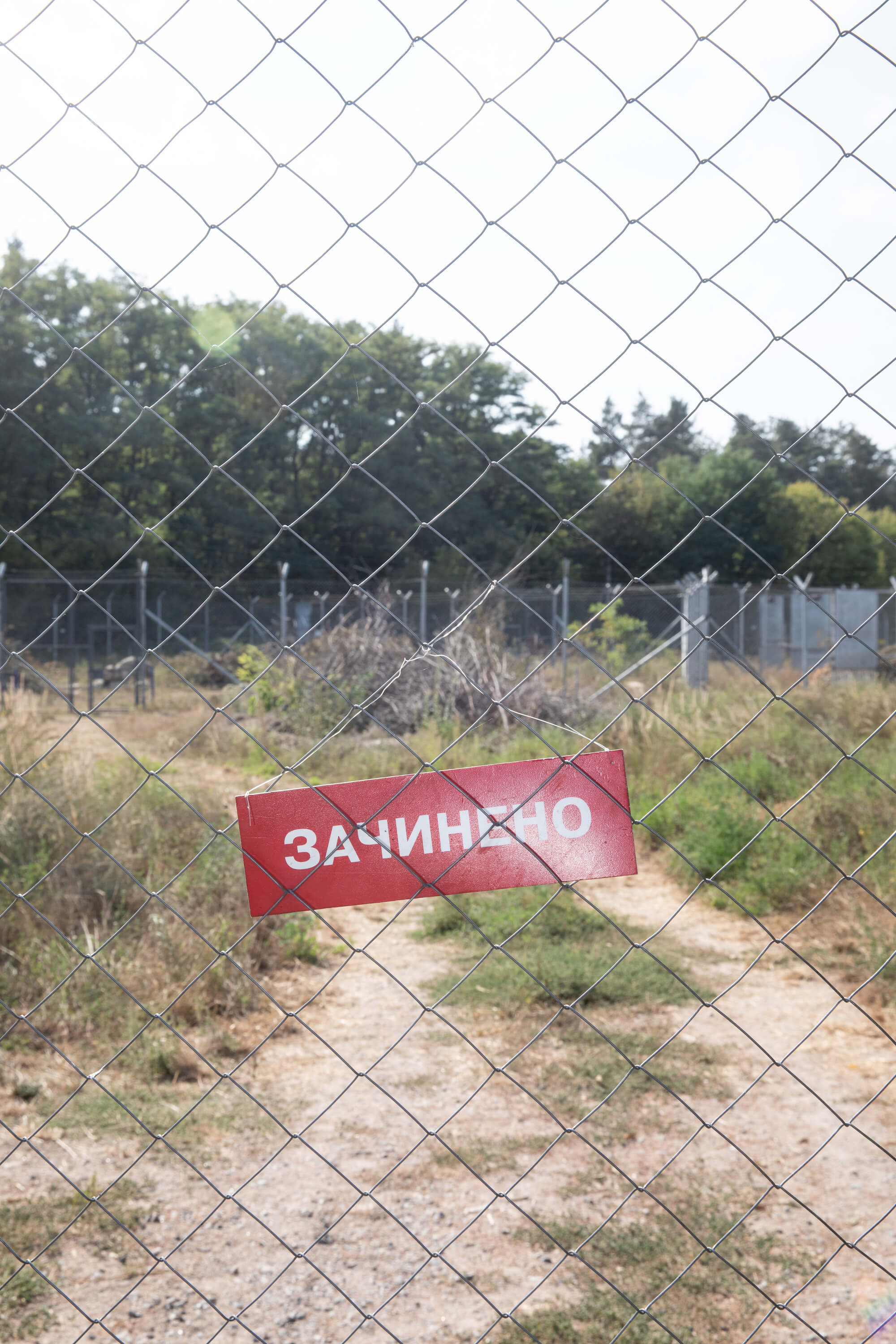
Photo: Mykhaylo Palinchak, specially for Bird in Flight.
This material was created as part of the “Life in War” project with the support of the NGO “Laboratory of Public Interest Journalism” and the Documenting Ukraine project at the Institute for Human Sciences in Vienna. (Institut für die Wissenschaften vom Menschen, IWM).
New and best




